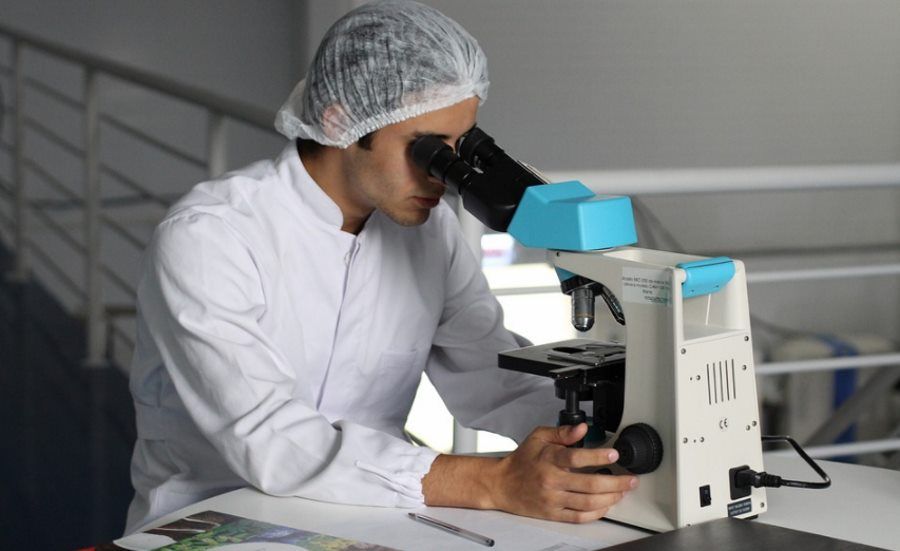Lodz University of Technology has performed Europe’s first in vivo Raman optical biopsy
The first in vivo optical Raman biopsy in Europe was performed at the Technical University of Lodz
Europe’s first Raman optical biopsy and operational navigation of the brain in vivo – a diagnostic breakthrough at the Laboratory of Molecular Laser Spectroscopy at the Technical University of Lodz, Poland. Prof. Halina Abramczyk, who heads a team of scientists that developed an innovative technique using Raman spectroscopy in cancer identification, reported another advance in ongoing research.
– A few days ago, the Laboratory of Molecular Laser Spectroscopy of the Technical University of Lodzka performed the first in vivo optical Raman biopsy in Europe on a mozg of a live rat. The results obtained completely confirmed previous results for the biomarkeroin Raman obtained ex vivo for human tissues – informed prof. Abramczyk.
Optical biopsy method for identifying tumorsow developed by the scientistoThe spectroscopy technique, which is based on Raman spectroscopy, is completely safe for the patient, allows to estimate the degree of histological malignancy of the tumor in a single measurement, and the identification of cancerous lesions occurs with a precision of a fraction of a percentoin micrometers.
As mowi prof. Abramczyk, the procedure involves illuminating the area to be examined with laser light using a fiber-optic probe and analyzing the Raman spectrum that arises in seconds as a response of the tissue. The test does not require excision of tissues from the patient’s body and involves only the application of a fiber-optic probe to the tissue suspected of having a cancerous lesion.
Prof. Halina Abramczyk highlights other advantages of the method. – Ex vivo laboratory studies conducted to date using preparativeoin tissues taken from several hundred patientsoin oncology have unequivocally shown that the developed method of optical biopsy and virtual histopathology is: fast (the result is obtained during the test), objective (the test result is based on the bands recorded in the Raman spectrum and is independent of the interpretation and experience of professional medical personnel). Very high, above 90%., are such parameters of the test as its sensitivity (ability to correctly detect the tested feature) and specificity (detection of its absence). Tissue examination is possible without introducing any additional substances into the patient’s body or using contrast, Abramczyk said.
The cited facts confirm that the developed diagnostic tool represents a qualitative breakthrough for patientow enabling oncologists to obtain precise, objective test results in seconds/minutes.
The tests were carried out at the Laboratory of Molecular Laser Spectroscopy of the Technical University of LoThe laboratory’s ex vivo Raman spectroscopyow: mozgu, breast, organoin the head and neck, gastrointestinal tract.


